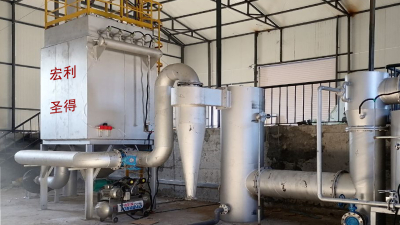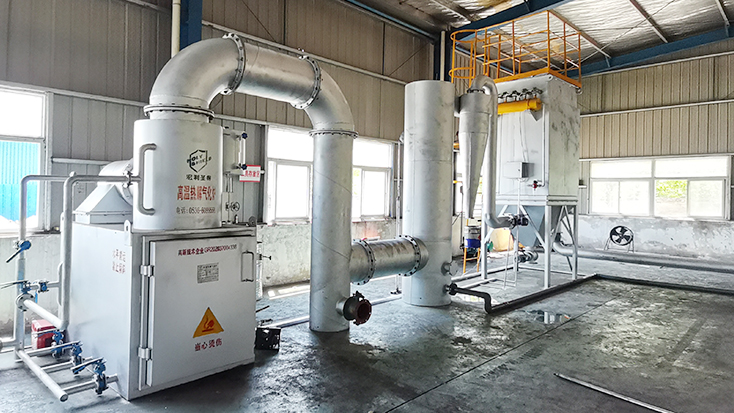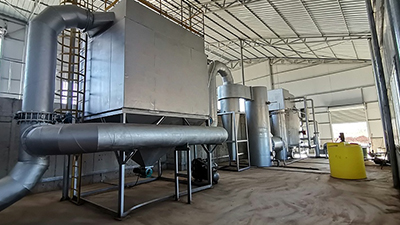


With the acceleration of urbanization in various countries, the emission of municipal solid waste continues to increase. It is an inevitable requirement for the development of cities in various countries to rationally use the recycling and harmless disposal technologies of solid waste, reduce the pollution of solid waste and protect the ecological environment. This paper discusses the treatment technology of harmless recycling of domestic garbage.

1. Composition of domestic waste:Household garbage mainly consists of kitchen, rubber and plastic, paper, textile, wood and bamboo, metal and inorganic materials such as ceramics and glass. Domestic garbage varies in different regions, production economy and life style. Most of the domestic garbage is kitchen, rubber, plastic, paper and other organic materials, while metal, sand, glass and other inorganic materials have a low overall content, generally in 10% ~ 15%. In developed countries in Europe and the United States, the proportion of Chinese food waste is low, while that of paper, rubber and plastic is high. The reason is that developed countries in Europe and the United States do better garbage classification, and developed economy, paper, rubber and plastic materials consumption ratio is relatively high. Significant differences can be found by comparing the calorific value of domestic garbage in different regions. The calorific value of garbage in areas with high proportion of paper and rubber and plastic materials is significantly higher. If the garbage can be effectively classified, it is beneficial to classify and recycle the metal and other inorganic materials in the garbage.

2. Combustion characteristics of typical combustible garbage:From the comparison of dry base elements of C, H and O, which are mainly related to combustion performance, it can be seen that the carbon composition of kitchen, paper and fabric is close to coal, but the oxygen content is much higher than coal. Plastics, on the other hand, have relatively low oxygen content and are significantly different in composition from other materials. Paper, meal leftovers, fabrics, and coal are mostly derived from plant processed or evolved materials, while plastics are produced by petrochemical processes and thus have significant differences in dry base element composition from these combustible materials. The moisture content of kitchen waste is 86.77%, and that of paper and fabric is about 5%, lower than that of coal at 10%, while that of plastics is only about 0.3%. The moisture content of kitchen garbage is high, and the combustible content is much lower than that of other garbage, while the combustible content of plastic is much higher than that of coal, which will significantly affect the calorific value of combustion. The calorific value of plastic is much higher than that of coal, while that of paper and fabric is lower than that of coal. However, the calorific value of kitchen garbage is negative due to its high moisture content, indicating that the calorific value of Chinese kitchen garbage is very low. The ignition point of MSW is usually above 300℃, and the maximum combustion temperature reaches 780℃. Therefore, it can be considered that if MSW is completely burned, it should have a high temperature condition of 800℃. Holy Shield's domestic waste incinerator has a incineration temperature of more than 850 ° C, fully decomposing harmful gases to achieve smokeless and odorless emissions.

If you need this smokeless and tasteless waste incinerator, please leave us a message.